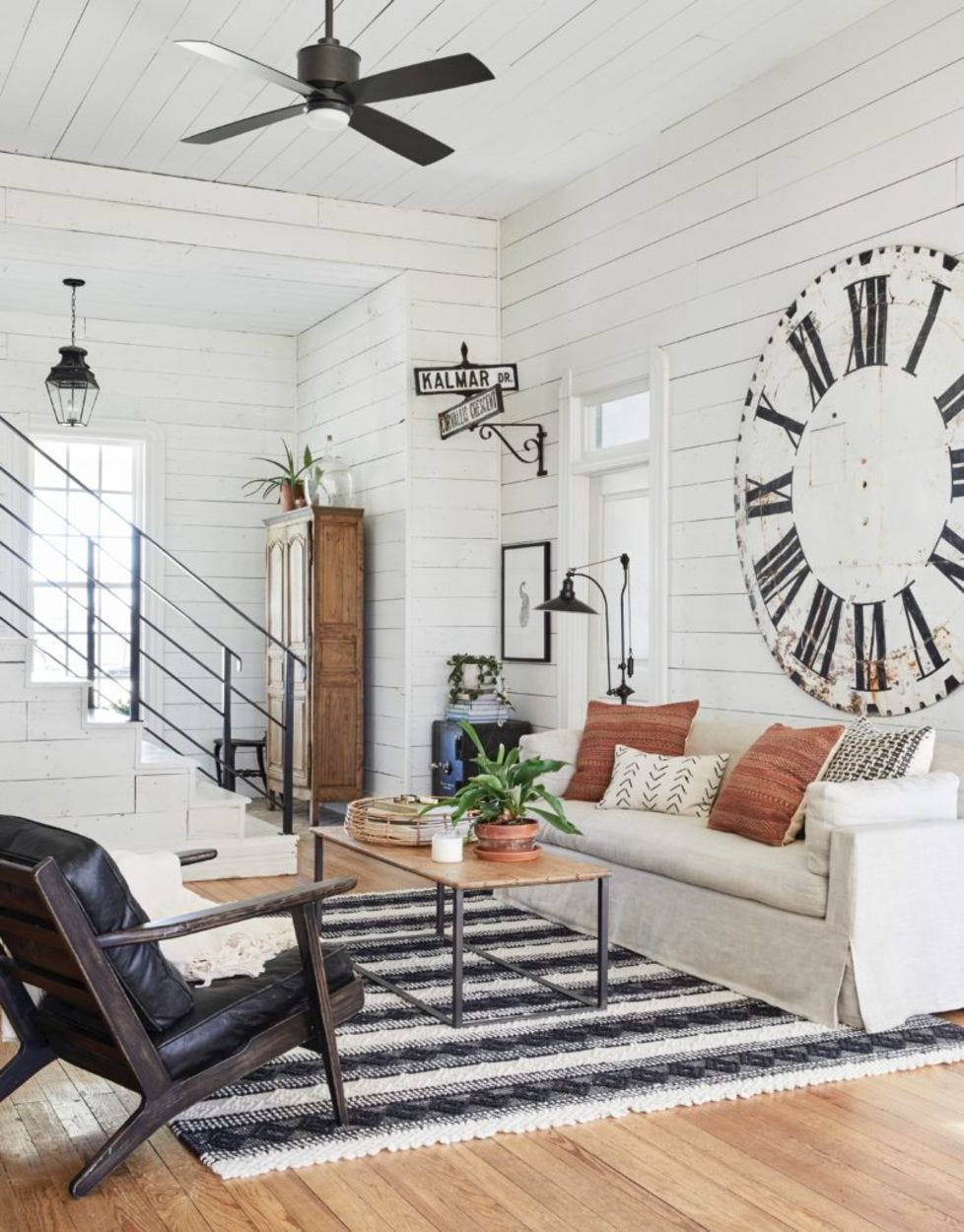The tyranny of home makeover culture
Another wrinkle of consumer culture emerges.
I’ve been enjoying our discussions the past few weeks of paths out of consumer culture—or at least, more intentional paths through it.
A few people have pinged me with this essay by Anne Helen Petersen: How your house makes you miserable. I subscribe to her (wonderful) newsletter so had been mulling it over for several weeks.
In it she reviews a research study about the impact of home remodeling shows on homeowners’ sense of self and home. The basic idea is that through our home we tend to derive a sense of rootedness and even a sense of self. But because homes are generally our biggest asset, there’s also pressure to make our home appealing to the masses via resale value, or what the study calls “market-reflected gaze.”

This market-reflected gaze is largely reinforced and spread through home remodeling shows on HGTV (et al), where ev…


